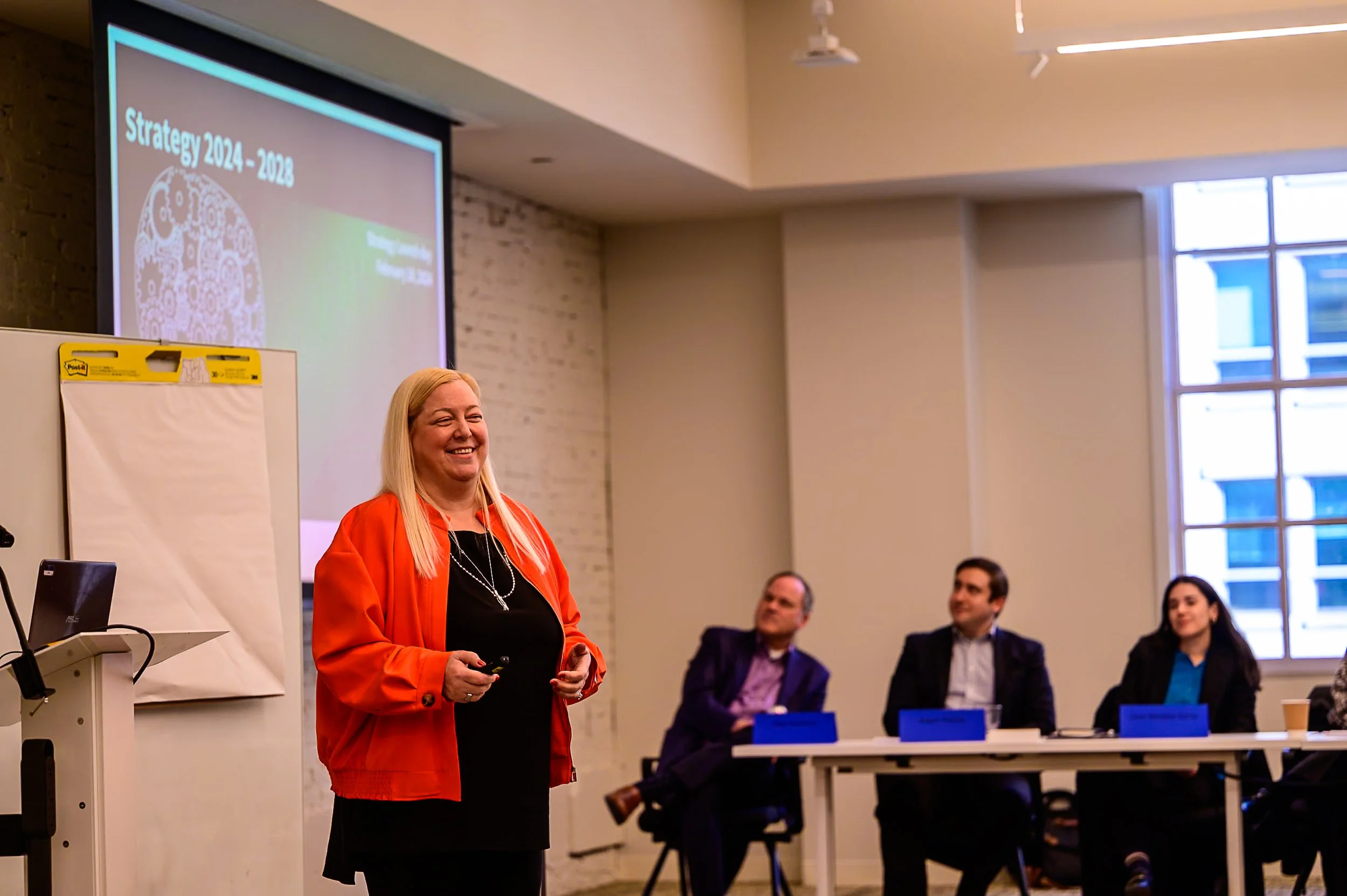
Five Key Actions for Government Leaders to Prepare for the AI Era
As the fast-paced evolution of artificial intelligence (AI) continues to rapidly transform how organizations operate, Government leaders face immense opportunities and increased risks. By taking the following actions, leaders can position their agencies to harness AI’s benefits while safeguarding public trust.













